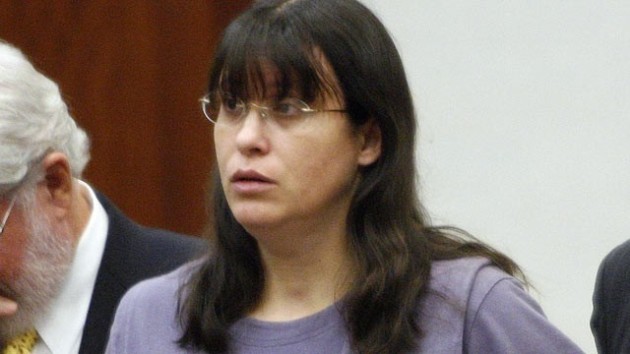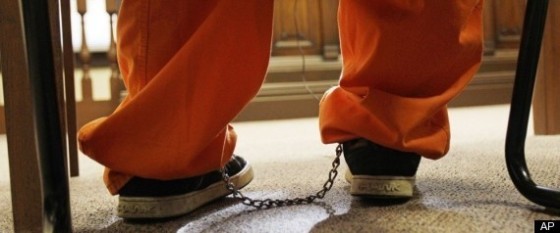Archive
Youth and Crime: Incarceration and Trends
Juveniles are a class of individuals that are privileged both legally and socially and economically. Since they are not fully developed physically and mentally, they are protected by society and guided to a morally correct way of life. Juveniles also represent a special category of criminals: there are special laws that deal with juveniles, and they even have special juvenile correctional facilities, created to deal with immature individuals. Law enforcement and correctional agencies are facing different challenges in the spectrum of youth delinquency, and I seek to analyse the scope of the task in the paragraphs below.
Young individuals, also known as juveniles, are a very privileged class of people in our society. Because they are young and not fully developed mentally and physically it is the job of parents and society (both informally and legally) to raise, educate, and defend these individuals until they become adults. The state takes it upon it the job of administering the education and protection of juveniles. As such, if the state deems that a parent is not providing the basic necessities for a child, food, shelter, access to medical and educational resources, the state will take that child into its care. That shows how important juveniles are for the government and for the well-being of a nation. Today there are approximately 70 million juveniles (age under 18) in the United States, about a fourth of the population of the country. That represents a major segment in the United States population which adds to the importance of juveniles, if merely because of their numbers.
The federal government considers juveniles to be individuals aged between 0 and 18 years of age, but each state has different laws that set the adulthood limit at different ages. In Georgia juveniles are considered to be individuals less than 17 years of age for law application purposes but they are still under the state’s protection until they reach the age of 18 (O.C.G.A., 15-11-2). Punishments and fines for juveniles are significantly lower than those for adults, because it is generally considered that they do not have the capability of having a “mens rea” or guilty mind, the knowledge that what they did was wrong. Juveniles are tried by juvenile courts, and there is an entire juvenile correctional system dedicated to the incarceration or rehabilitation of young individuals. Sometimes juveniles can be under trial as adults, when their act was a very violent, planned out one and when the prosecution can demonstrate that the defenders have the mental ability to understand that what they did was wrong. In Georgia juveniles aged 13 to 17 can be tried as adults for murder, voluntary manslaughter, rape, aggravated sodomy, aggravated child molestation, aggravated sexual battery and armed robbery (O.C.G.A., 15-11-28). Juveniles convicted for those offenses can serve up to life in prison, just as adults, but the number of these cases is very limited.
Because of their high numbers juveniles represent an important segment of criminal offenders in the US. To understand the extent of juvenile delinquency it is necessary to look at the numbers of juveniles arrested each year. In the year 2000 2,220,300 juvenile arrests were recorded. The highest number of offenses were thefts, while simple assaults, disorderly conducts, and drug abuse were also numerous. Violent crimes only consisted of 4 percent, or 92,300, of the juvenile arrests made in the U.S. that year. Out of all the arrests performed in the United States in 2003, 15 percent of males arrested were juveniles, while 20 percent of females arrested were under 18. Although the numbers of juveniles arrested seems high, the rates are actually declining, the Office of Juvenile Justice and Delinquency Prevention (OJJDP) states that from 1999 to 2009 the number of juveniles arrested fell 12 percent. This is significant when compared to the adult arrest rate which actually increased 1 percent from 1999 to 2004. The number of violent crimes arrests for juveniles also decreased substantially (almost 50 percent) from 1994 to 2003, which is encouraging and is further evidence that juvenile delinquency is on the decline in the United States.
Juveniles are a very important segment of the population and they represent the future of our nation. They are the future work force, policy makers, law enforcers and they will shape the way in which the future of our nation will look like. It is therefore very important to educate these young people and to raise them to become productive members of society. Recent trends in juvenile delinquency are encouraging as they show a significant decrease in this type of crime, and it is evidence, in part, that the juvenile correctional system is functioning. The state needs to do more to ensure the reduction of juvenile delinquency and more resources need to be focused on this age group, the future of America depends on it.
References
Georgia General Assembly. 2013. O.C.G.A. § 15-11-2. Atlanta, GA: Georgia General Assembly. http://www.lexis-nexis.com/hottopics/gacode/default.asp
Office of Juvenile Justice and Delinquency Prevention (OJJDP). 2013. Juvenile Population Characteristics.Washington, DC: US Department of Justice. http://www.ojjdp.gov/ojstatbb/population/overview.html
Office of Juvenile Justice and Delinquency Prevention (OJJDP). 2009. Delinquency Cases in Juvenile Court, 2009.Washington, DC: US Department of Justice. http://www.ojjdp.gov/pubs/239081.pdf
Office of Juvenile Justice and Delinquency Prevention (OJJDP). 2006. Juvenile Offenders and Victims: 2006 National Report.Washington, DC: US Department of Justice. http://www.ojjdp.gov/ojstatbb/nr2006/index.html

